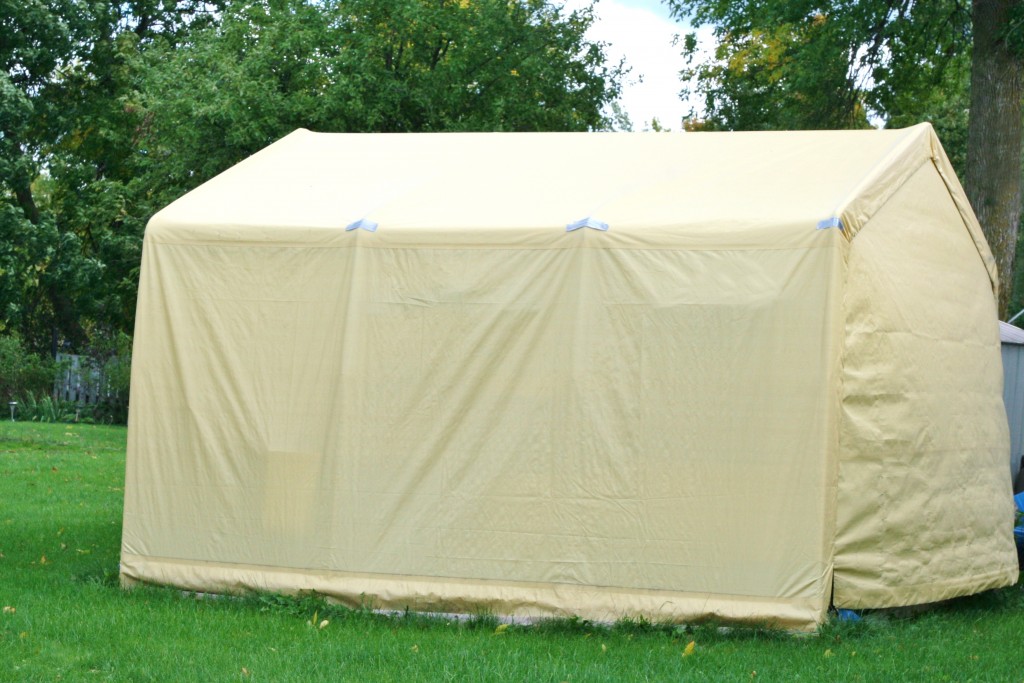We all know that convincing a person to visit the dentist is a challenge in itself. When they finally do (after mustering all the courage they need), however, that’s not yet the end of the convincing stage. They could turn back at any minute the moment they start feeling uncomfortable, whether by the look of your lobby, the tone of your staff while they talk to patients, or the bareness of your clinic that they don’t have anything else to do but to listen to the noise of your dental tools.
This is why you have to make sure that they would be willing to sit on the dentist’s chair once they entered your clinic. The truth about dental patients is this that they come back, not because they think checkups are necessary for their health, but because of the simple fact that they had a pleasant experience at your clinic.
Dental clinics are often a source of anxiety, so when people experience the opposite and actually have a comfortable visit, that’s enough of a reason to return for next treatments. That said, here are some ways to increase patient comfort, from your lobby to the dentist’s chair:
In reception areas: Use different types of lighting
In most cases, clinics have direct fluorescent lights spaced only a few inches away from each other, creating a glaring effect in the space, which isn’t the most comfortable environment for anxious patients waiting at your reception area.
To avoid that, use direct-indirect recessed lighting fixtures for most of your space. Then for those you want to highlight, like artwork or accent walls, use accent lighting so your patients will look at them with an increased sense of relaxation.
In hallways and corridors: Control noises
The sound coming from dental tools and equipment are never a source of comfort. Address this by having different ceiling heights. Ceiling soffits and beams in transition areas can keep the sound from travelling to nearby spaces.

The finishing materials of your carpets, ceiling tiles, and wall coverings can also help in reducing sounds — just make sure to check the NCR (noise coefficient ratio) rating. Of course, it’s also important to check the tools themselves. If you hear abnormal noises from the apparatus, call for dental equipment maintenance and repair specialist.
On the dentist’s chair: Let the patient relax
This could be done in a lot of ways. For one, allow the patient to have some sense of control all throughout the procedure. Before you start, tell them that whenever they feel uncomfortable, you will stop at their request. Explain to them what you’re going to do, as being informed gives a sense of relief.
Guide your patient with relaxation techniques, as well. Deep breathing, as you know, soothes the central nervous system, which is responsible for the fear reactions of patients towards dental treatments.
From the lobby to the chair, you’d better increase the comfort level of your patients. That could be a guarantee that they will come back for your pleasant, health-improving service.



